Home>Garden Essentials>What Does Corn Seed Look Like
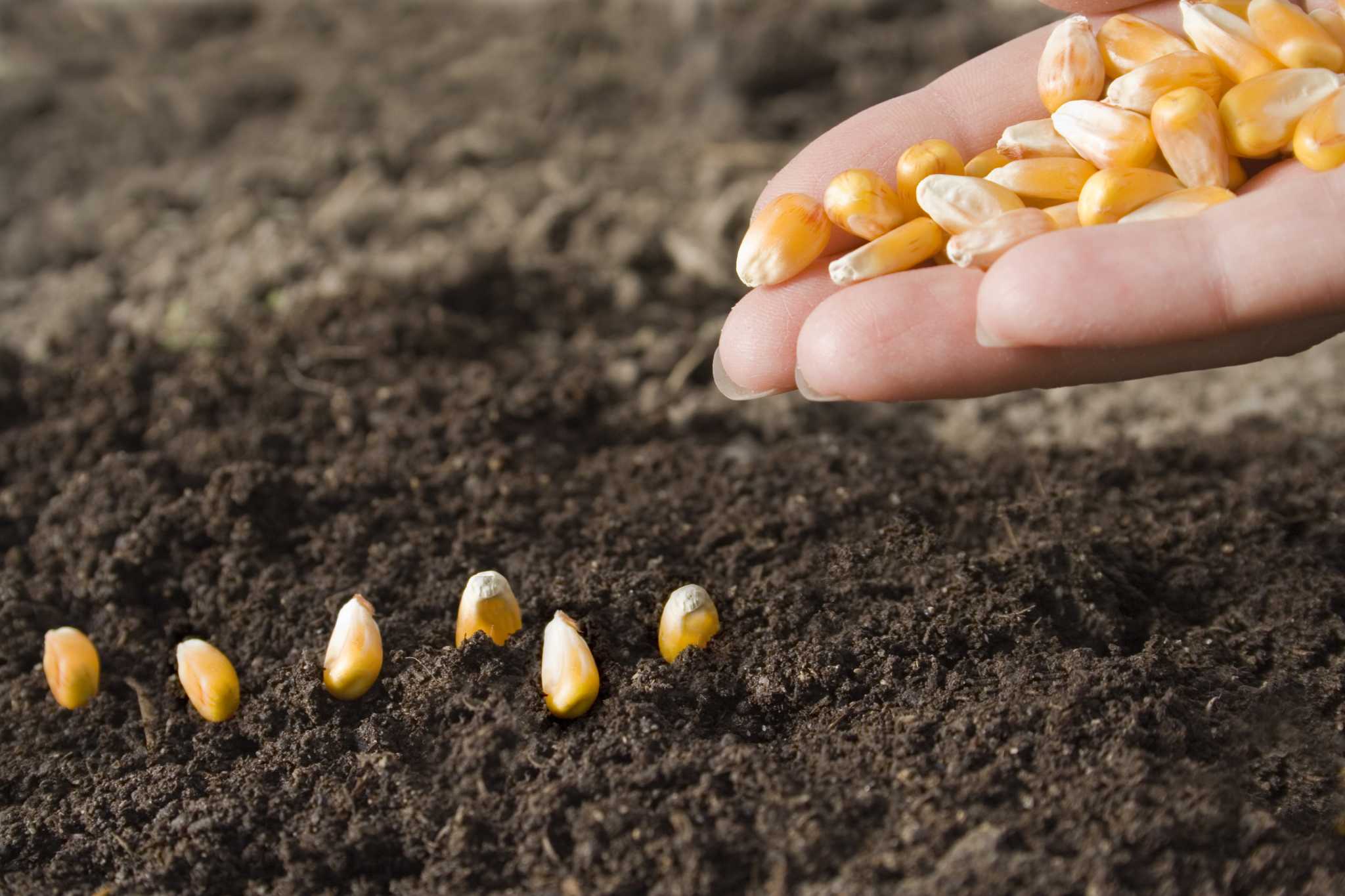

Garden Essentials
What Does Corn Seed Look Like
Modified: March 15, 2024
Discover what corn seeds look like in a garden and learn how to identify them. Explore the characteristics and appearance of corn seed varieties for successful gardening.
(Many of the links in this article redirect to a specific reviewed product. Your purchase of these products through affiliate links helps to generate commission for Storables.com, at no extra cost. Learn more)
Introduction
Welcome to the wonderful world of corn seeds! If you have ever been curious about what a corn seed looks like, you’re in the right place. Corn seeds are fascinating and integral parts of the plant’s life cycle. Understanding their anatomy and physical characteristics can provide valuable insights for gardeners and plant enthusiasts alike.
Corn, scientifically known as Zea mays, is one of the most important cereal crops in the world. Native to the Americas, its domestication dates back thousands of years. Today, it is cultivated in various climates and used for a wide range of purposes, including human consumption, animal feed, and even industrial applications.
In this article, we will explore the anatomy of a corn seed, examining its physical characteristics, color, texture, size, shape, and seed coat. We will also touch upon the fascinating germination process that transforms a small seed into a vibrant corn plant. So, let’s dive in and discover the world hidden within a corn seed!
Key Takeaways:
- Corn seeds have an intricate anatomy, including the embryo, endosperm, aleurone layer, and seed coat, all working together to support the growth of a new corn plant.
- The germination process of corn seeds involves water absorption, metabolic activation, radicle and shoot emergence, leaf development, and root and shoot growth, showcasing the remarkable transformation from seed to plant.
Read more: What Does Calendula Seeds Look Like
Anatomy of a Corn Seed
A corn seed is a marvel of nature, containing all the necessary components for new life to emerge. Like any seed, it serves as a protective vessel for the embryo – the future corn plant. Let’s take a closer look at the different parts that make up a corn seed.
- Embryo: This is the tiny, undeveloped plant within the seed. It consists of the shoot and the root that will eventually grow into the stem and roots of the corn plant.
- Endosperm: Surrounding the embryo is the endosperm, which provides vital nutrients and energy for the growing plant. It is rich in carbohydrates, proteins, and oils, serving as a fuel source during germination.
- Aleurone layer: The aleurone layer is a thin outer covering of the endosperm. It contains enzymes and proteins that aid in the breakdown of stored nutrients for the developing embryo.
- Seed coat: Also known as the testa, the seed coat is the protective outer layer of the seed. It is tough and can vary in color and texture, depending on the corn variety.
The different parts of the corn seed work together to ensure the survival and growth of the new plant. The embryo holds the future plant’s genetic information, while the endosperm provides nourishment. The seed coat provides protection from external threats such as pests, diseases, and harsh environmental conditions.
Now that we’ve explored the anatomy of a corn seed, let’s delve into its physical characteristics and discover what makes it truly unique!
Physical Characteristics
Corn seeds exhibit various physical characteristics that distinguish them from other types of seeds. From color and texture to size and shape, let’s explore these unique attributes.
- Color and Texture: Corn seeds come in a range of colors, including shades of yellow, white, red, and even blue. The color of the seed is determined by the pigments present in the seed coat. As for texture, corn seeds have a smooth and firm outer coating that protects the delicate inner parts.
- Size and Shape: The size and shape of a corn seed can vary depending on the corn variety and genetics. On average, the length of a corn seed ranges from 6 to 12 millimeters (0.2 to 0.5 inches). The shape is elongated and slightly curved, resembling a teardrop.
- Seed Coat: The seed coat of a corn seed is relatively thick and sturdy. It acts as a barrier, preventing moisture loss and protecting the embryo from damage. The color of the seed coat can be anything from pale yellow to deep red or even black, depending on the corn variety. The presence of different pigments gives corn seeds their characteristic speckled appearance.
The physical characteristics of corn seeds not only contribute to their visual appeal but also serve essential functions. The color and texture of the seed coat can attract pollinators, ensuring successful fertilization. The size and shape of the seed help with efficient dispersal, as they can be carried by wind, animals, or humans to new locations for germination.
Now that we have examined the physical characteristics of corn seeds, let’s explore the vital process of germination, where the magic of new life begins!
Color and Texture
Corn seeds display a remarkable range of colors and textures, adding to the beauty and diversity of this incredible plant species. Let’s delve deeper into the fascinating world of corn seed colors and textures.
When it comes to color, corn seeds exhibit an array of hues, including shades of yellow, white, red, and even blue. The color of the seed is primarily determined by the pigments present in the seed coat. These pigments can vary depending on the corn variety and genetic makeup. For example, yellow or golden-colored corn seeds contain pigments called carotenoids, while white corn seeds lack these pigments.
In addition to their distinctive colors, corn seeds also possess varying textures. The outer surface of a corn seed is typically smooth, providing protection for the delicate inner parts. However, some corn varieties may have a slightly rough texture, giving the seed coat a more pronounced feel. This difference in texture is mainly due to variations in the thickness and structure of the seed coat.
Interestingly, the texture of corn seeds can influence their planting and germination characteristics. For example, seeds with a smooth surface may have a higher resistance to moisture absorption, reducing the risk of fungal infections during germination. On the other hand, seeds with a rough texture may better adhere to the soil when planted, facilitating root anchorage and establishment.
Furthermore, the color and texture of corn seeds can have aesthetic and cultural significance. For centuries, different corn varieties with unique colors and textures have been cultivated and cherished by various cultures around the world. In some cultures, corn seeds with specific colors or textures hold symbolic value and are used in traditional rituals and ceremonies.
As you explore the world of corn seeds, you will come across an astonishing assortment of colors and textures. Each variation tells a story of genetic diversity and agricultural heritage, highlighting the rich tapestry of corn cultivation worldwide.
Now that we’ve marveled at the color and texture of corn seeds, let’s shift our focus to their size and shape, which also contribute to the uniqueness of these remarkable seeds.
Corn seeds are typically large, smooth, and shaped like a teardrop. They are usually yellow or white in color and have a hard outer shell. When planting, make sure to space them about 12 inches apart for optimal growth.
Size and Shape
Corn seeds encompass a range of sizes and shapes, adding to the diversity and intrigue of this versatile crop. Let’s take a closer look at the variations in size and shape that corn seeds can exhibit.
The size of corn seeds can vary depending on the corn variety and genetics. On average, the length of a corn seed ranges from 6 to 12 millimeters (0.2 to 0.5 inches). However, it’s important to note that there can be significant differences in size even among seeds of the same variety. Factors such as environmental conditions during the seed’s development and genetics play a role in determining its final size.
Corn seeds have a distinct shape that is elongated and slightly curved, resembling a teardrop. The shape is designed to optimize their dispersal and attachment to surrounding surfaces. The curved shape allows the seed to anchor itself in the soil when planted, aiding in initial root development and stabilization.
It’s fascinating to consider how the size and shape of corn seeds have evolved and been shaped by natural selection over time. The elongated shape helps corn seeds disperse efficiently through various mechanisms, such as wind, water, and animal movement. This dispersal allows for the colonization of new areas and the survival of the species in diverse environments.
In addition to their practical functions, the size and shape of corn seeds also contribute to their visual appeal. The elegant teardrop shape, combined with a range of colors and textures, makes corn seeds not only essential for propagation but also captivating to observe.
As you explore different corn varieties, you’ll encounter an exciting assortment of sizes and shapes, each with its unique characteristics. From smaller, more compact seeds to larger, more elongated ones, corn seeds showcase the marvels of nature’s creativity and adaptability.
Now that we’ve examined the size and shape of corn seeds, let’s move on to another essential element of their anatomy – the seed coat.
Read more: What Does A Cactus Seed Look Like
Seed Coat
The seed coat, also known as the testa, is a vital component of a corn seed. It serves as a protective layer, shielding the delicate embryo and endosperm from potential harm. Let’s explore the significance and characteristics of the seed coat in corn seeds.
The seed coat of a corn seed is relatively thick and durable, providing physical protection against external factors such as pests, diseases, and harsh environmental conditions. Its main purpose is to safeguard the embryo and endosperm, ensuring their integrity during storage and germination.
One of the intriguing features of corn seed coats is their variation in color and texture, which can range from pale yellow to deep red or even black. These colors are attributed to the presence of different pigments in the seed coat. The pigments not only lend aesthetic appeal but also play a role in protecting the seed from ultraviolet (UV) radiation and preventing excessive moisture absorption.
Beneath the pigmented layer, the seed coat itself is composed of several anatomical layers. These layers work together to provide further protection and structural support for the developing seedling. The outermost layer is the epidermis, followed by the hypodermis and the innermost layer, known as the endotesta.
During germination, the seed coat undergoes changes that allow the embryo to break free and emerge. The process begins when water is absorbed by the seed, triggering enzymatic activity within the seed coat. This activity leads to the softening and rupturing of the seed coat, enabling the emerging shoot and root to grow successfully.
It’s fascinating to note that the seed coat of corn seeds can display variations in thickness and texture. Some corn varieties have seed coats that are relatively smooth and uniform, while others may exhibit a more wrinkled or bumpy texture. These differences can be attributed to genetic factors and environmental conditions during seed development.
The seed coat plays a crucial role in the successful germination of corn seeds. By protecting the delicate inner parts, regulating moisture absorption, and coordinating the release of the embryo, it contributes to the overall viability and survival of the corn plant.
Now that we’ve explored the significance of the seed coat in corn seeds, let’s move on to the exciting process of germination, where a dormant seed transforms into a vibrant corn plant.
Germination Process
The germination process is a remarkable transformation that occurs when a corn seed awakens from its dormant state and begins to grow into a new corn plant. This intricate process is essential for the propagation and continuation of the corn species. Let’s explore the steps involved in the germination of a corn seed.
1. Water Absorption: The germination process begins with the absorption of water by the corn seed. As water penetrates the seed coat, it activates enzymes within the seed, triggering biochemical changes necessary for growth.
2. Activation of Metabolism: With the presence of water, the dormant embryo within the seed receives a signal to initiate metabolic activity. This leads to the activation of various enzymes and metabolic processes, such as the breakdown of stored nutrients.
3. Radicle Emergence: The primary root, known as the radicle, is the first structure to emerge from the germinating corn seed. It grows downward into the soil, anchoring the seedling and absorbing water and nutrients from the surrounding environment.
4. Shoot Emergence: As the radicle develops, the shoot emerges above the soil surface. The shoot consists of the plumule, which will give rise to the leaves, and the coleoptile, a protective sheath that encloses the emerging leaves.
5. Leaf Development: Once the shoot emerges, the leaves begin to unfurl and develop. These leaves are essential for the corn plant’s ability to harness sunlight and facilitate photosynthesis, the process by which plants convert light energy into chemical energy.
6. Root and Shoot Growth: As the corn seedling continues to grow, both the root system and the shoot system elongate and establish themselves. The roots expand further into the soil, while the shoot system reaches towards the sunlight, allowing the plant to access nutrients and carry out photosynthesis effectively.
The germination process relies on favorable environmental conditions, including adequate moisture, oxygen, and suitable temperature. Ideal soil temperature for corn seed germination ranges from 50 to 86 degrees Fahrenheit (10 to 30 degrees Celsius). Germination typically occurs within 5 to 12 days, depending on the variety and the environmental conditions.
Through germination, a dormant corn seed transforms into a thriving corn plant, continuing the cycle of life and growth. It is a captivating process that unfolds countless times in the fields and gardens where corn is cultivated.
Now that we’ve explored the intriguing germination process, let’s conclude our journey through the world of corn seeds.
Conclusion
As we reach the end of our exploration, we have gained a deeper understanding of the fascinating world of corn seeds. From their anatomy to their physical characteristics and the remarkable process of germination, corn seeds are truly remarkable examples of nature’s ingenuity and resilience.
We have learned that corn seeds consist of an embryo, endosperm, aleurone layer, and seed coat. The seed coat, with its varying colors and textures, serves as a protective shield for the delicate inner parts of the seed. The size and shape of corn seeds, with their elongated and curved form, aid in efficient dispersal and successful establishment of the plant.
The process of germination, triggered by water absorption, unveils the potential hidden within a corn seed. From the emergence of the radicle and shoot to the development of leaves and the establishment of root and shoot systems, germination is a vital step in the life cycle of a corn plant.
Understanding the anatomy and characteristics of corn seeds is valuable knowledge for gardeners and plant enthusiasts. It provides insights into how to best care for and cultivate these remarkable plants, ensuring their successful growth and development.
As you embark on your own journey with corn seeds, whether in a garden, a field, or simply as an avid learner, take a moment to marvel at the intricate design and resilience of these tiny seeds. From their diverse colors and textures to their ability to transform into thriving plants, corn seeds are a testament to the wonders of nature.
So go forth and embrace the world of corn seeds, sowing the seeds of curiosity and nurturing the growth of knowledge. Let the story of these remarkable seeds inspire you as you continue to explore the vast realm of gardening and plant life.
Happy gardening!
Frequently Asked Questions about What Does Corn Seed Look Like
Was this page helpful?
At Storables.com, we guarantee accurate and reliable information. Our content, validated by Expert Board Contributors, is crafted following stringent Editorial Policies. We're committed to providing you with well-researched, expert-backed insights for all your informational needs.
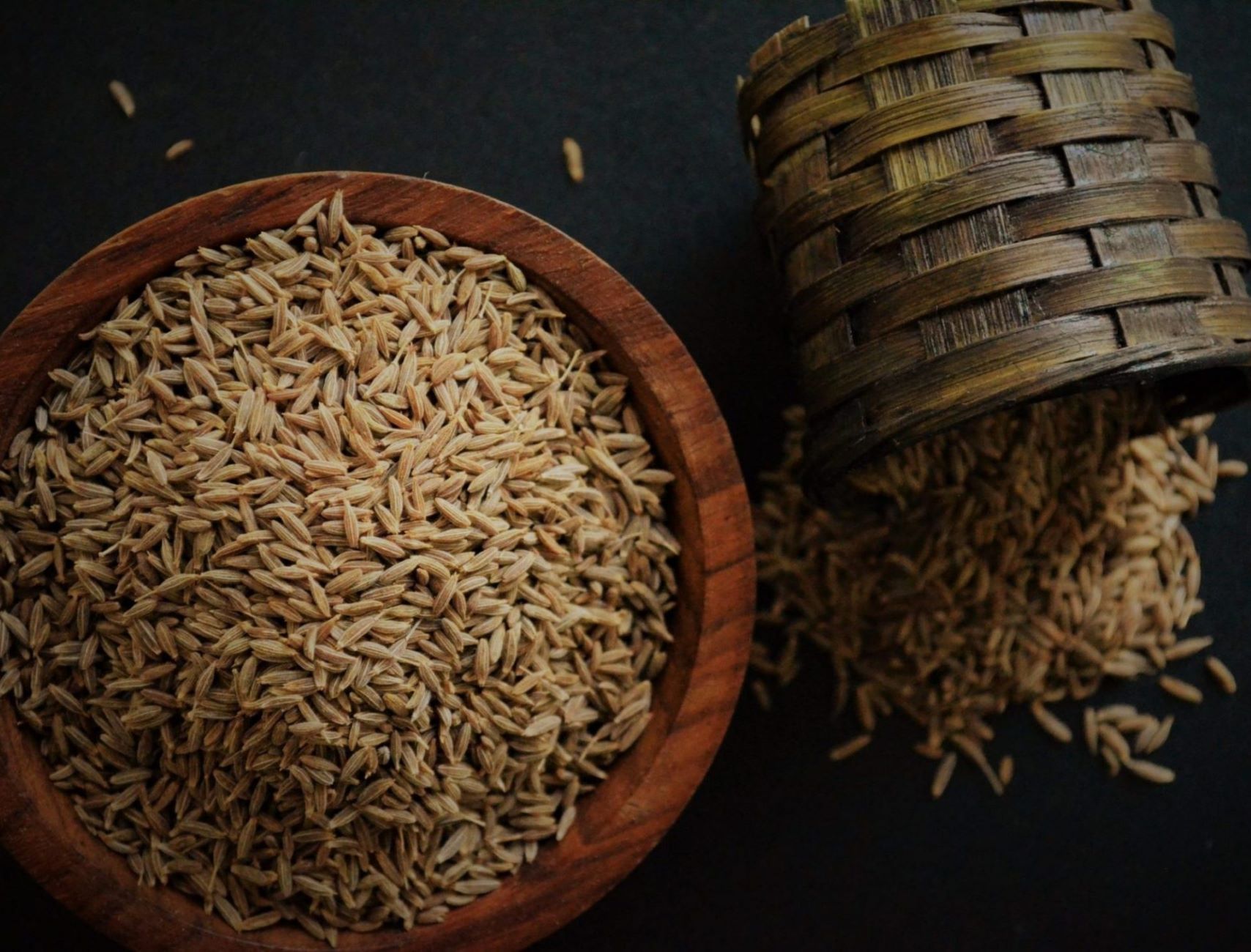
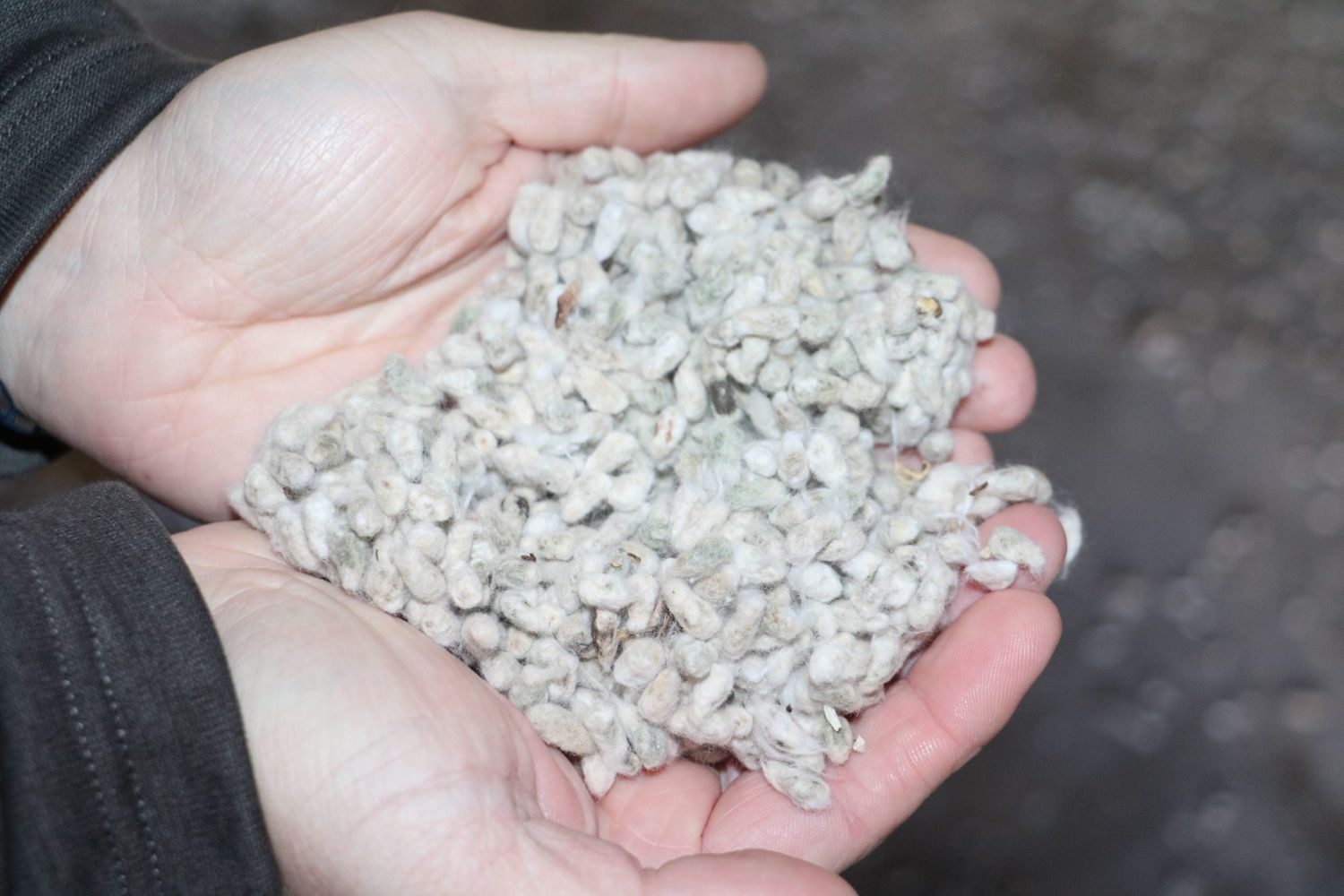
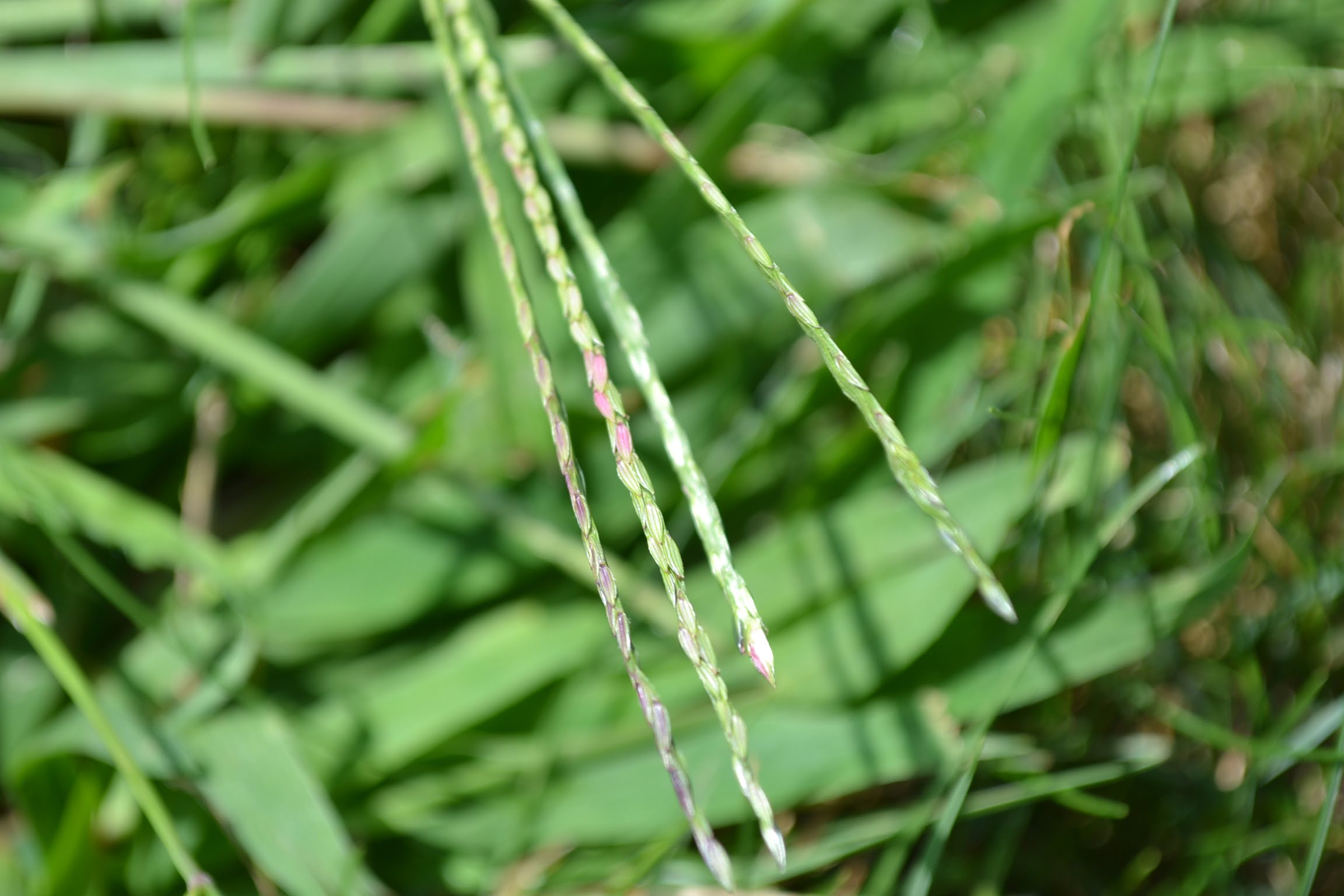
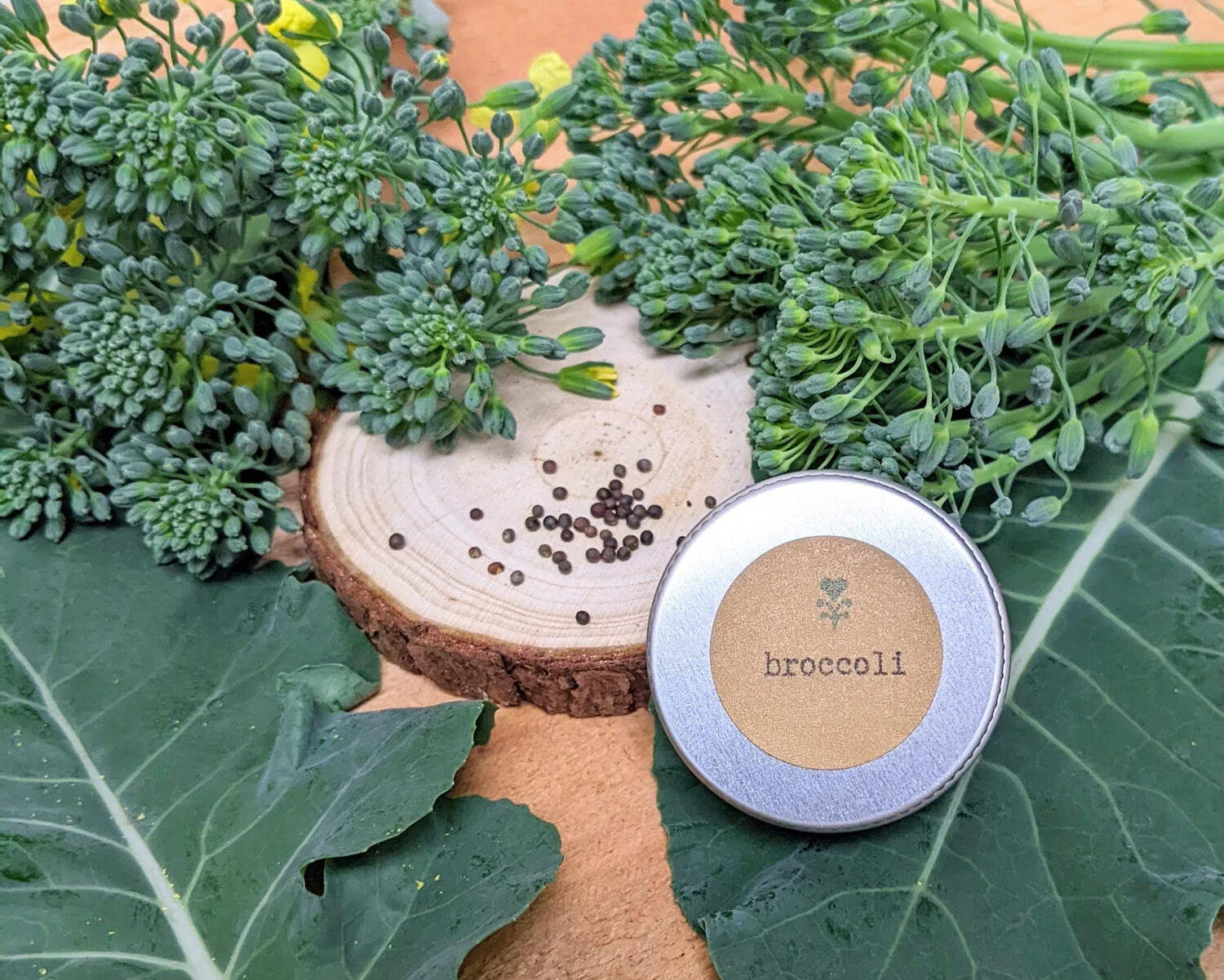

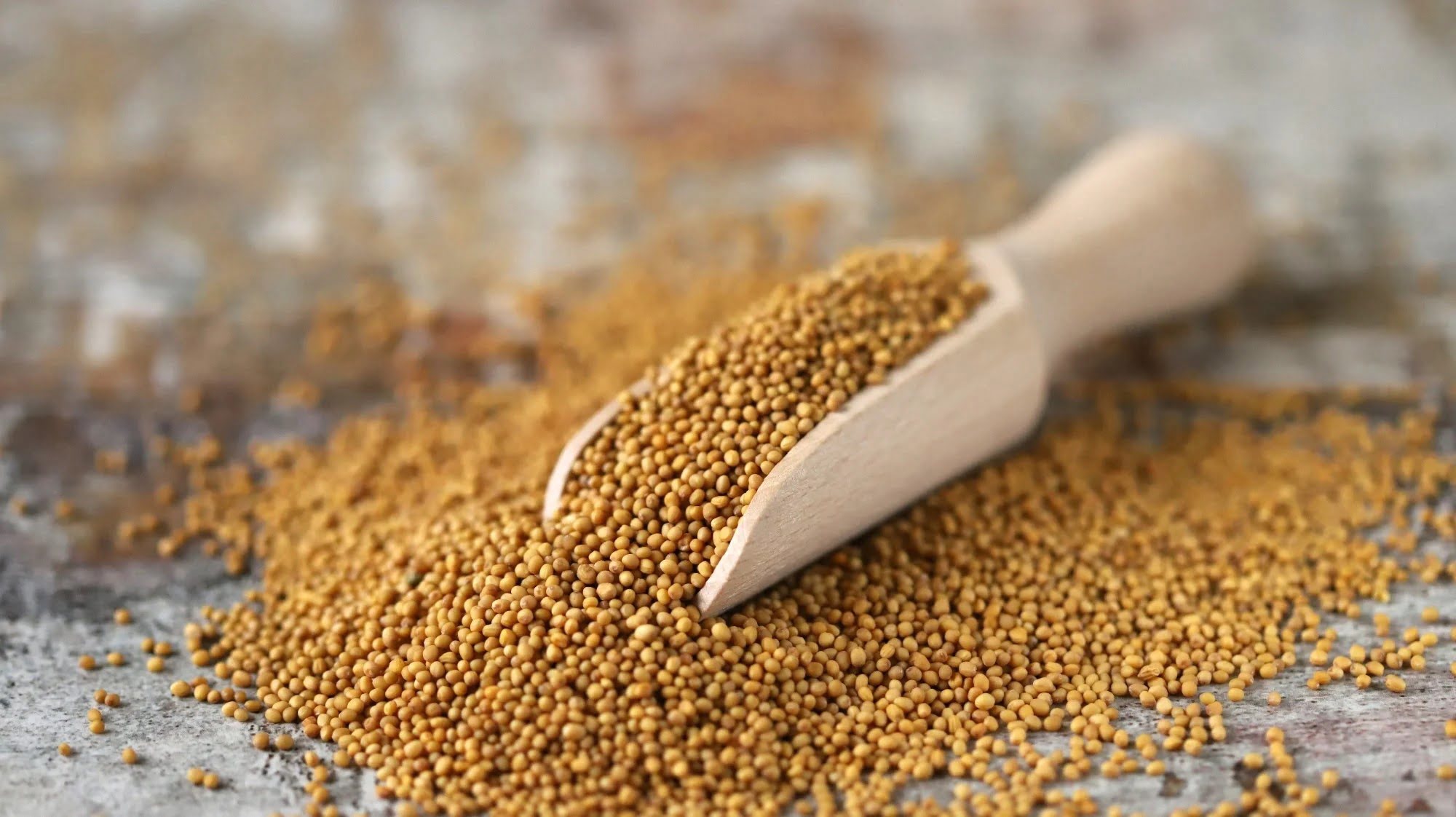
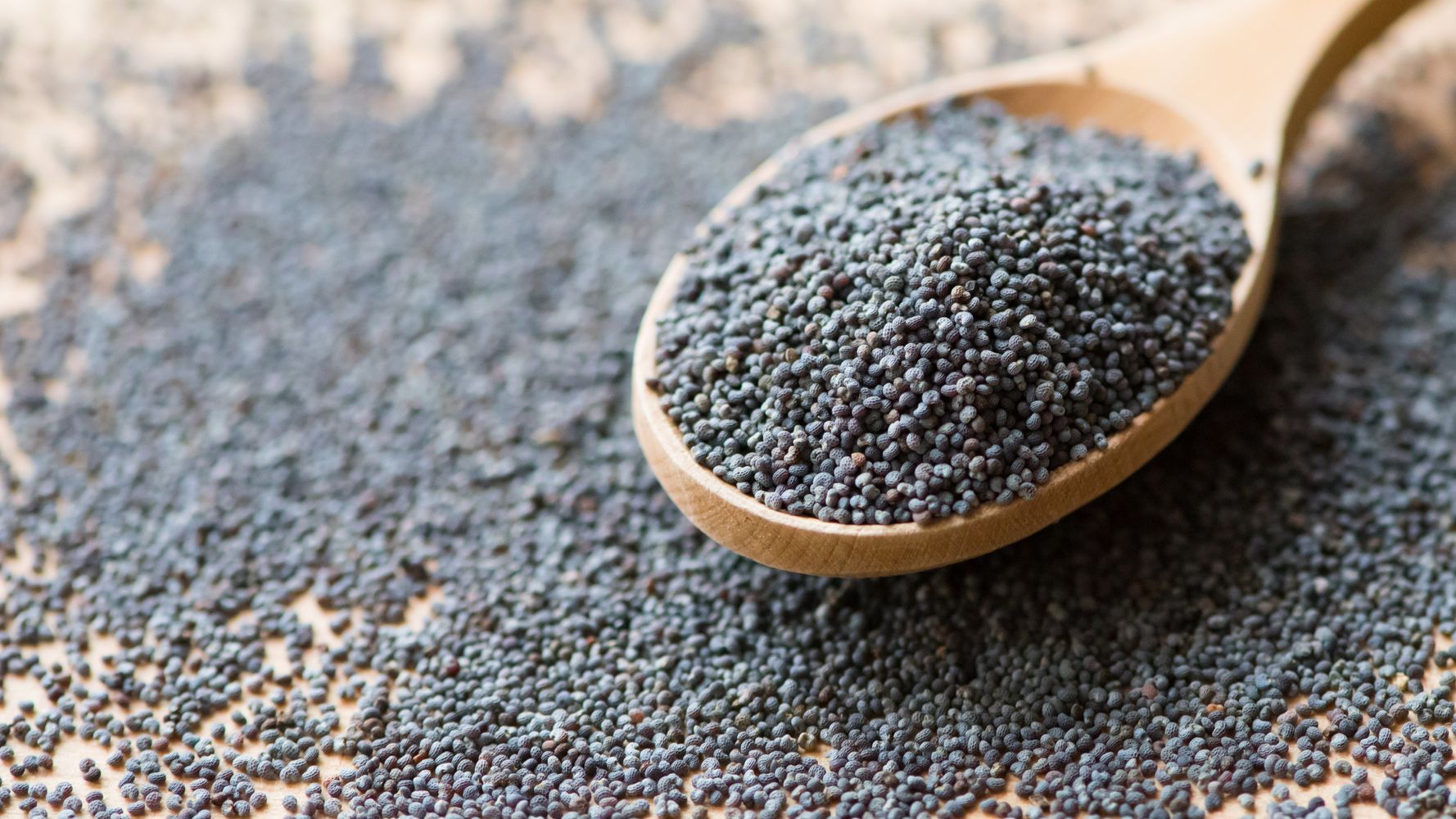
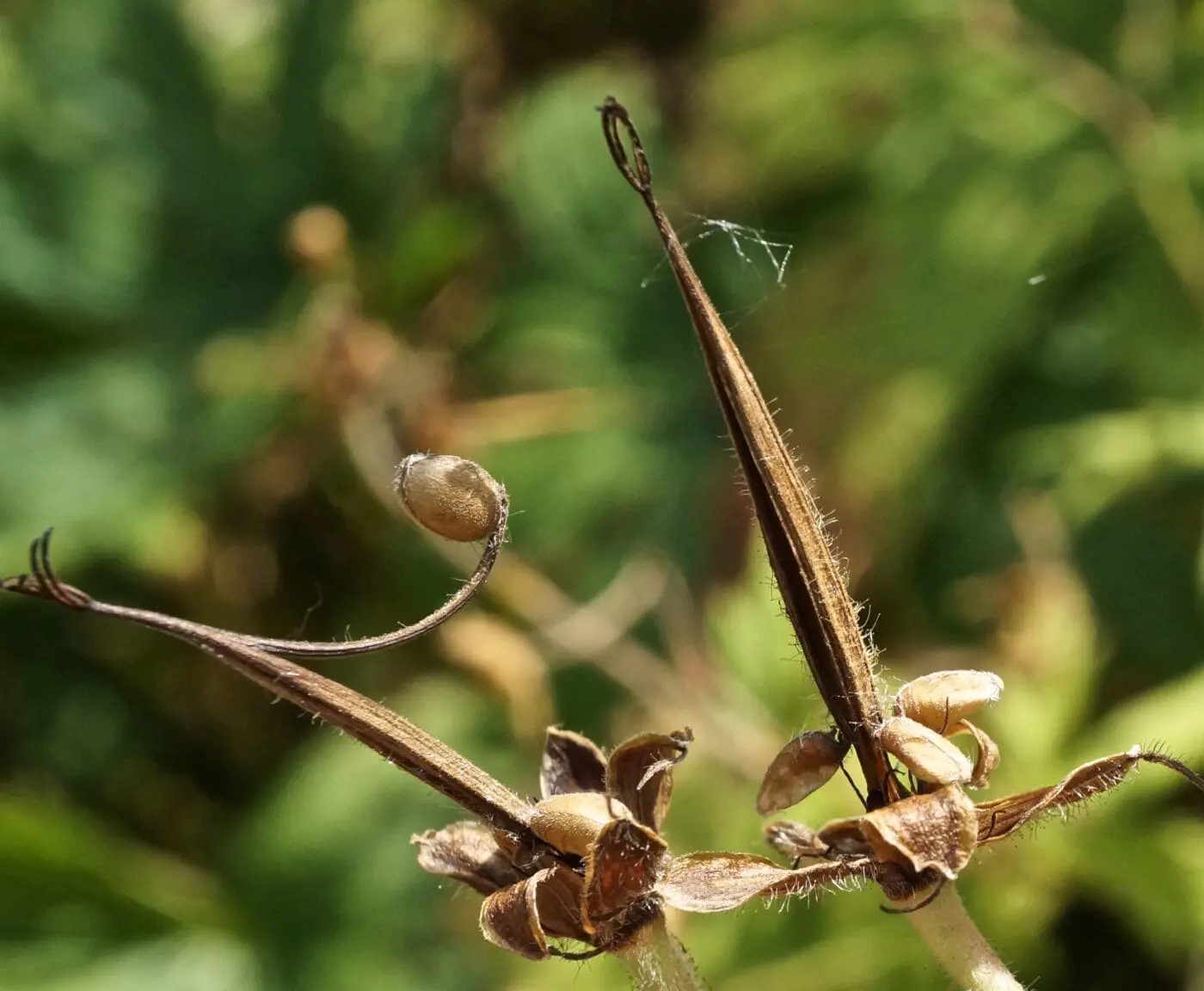
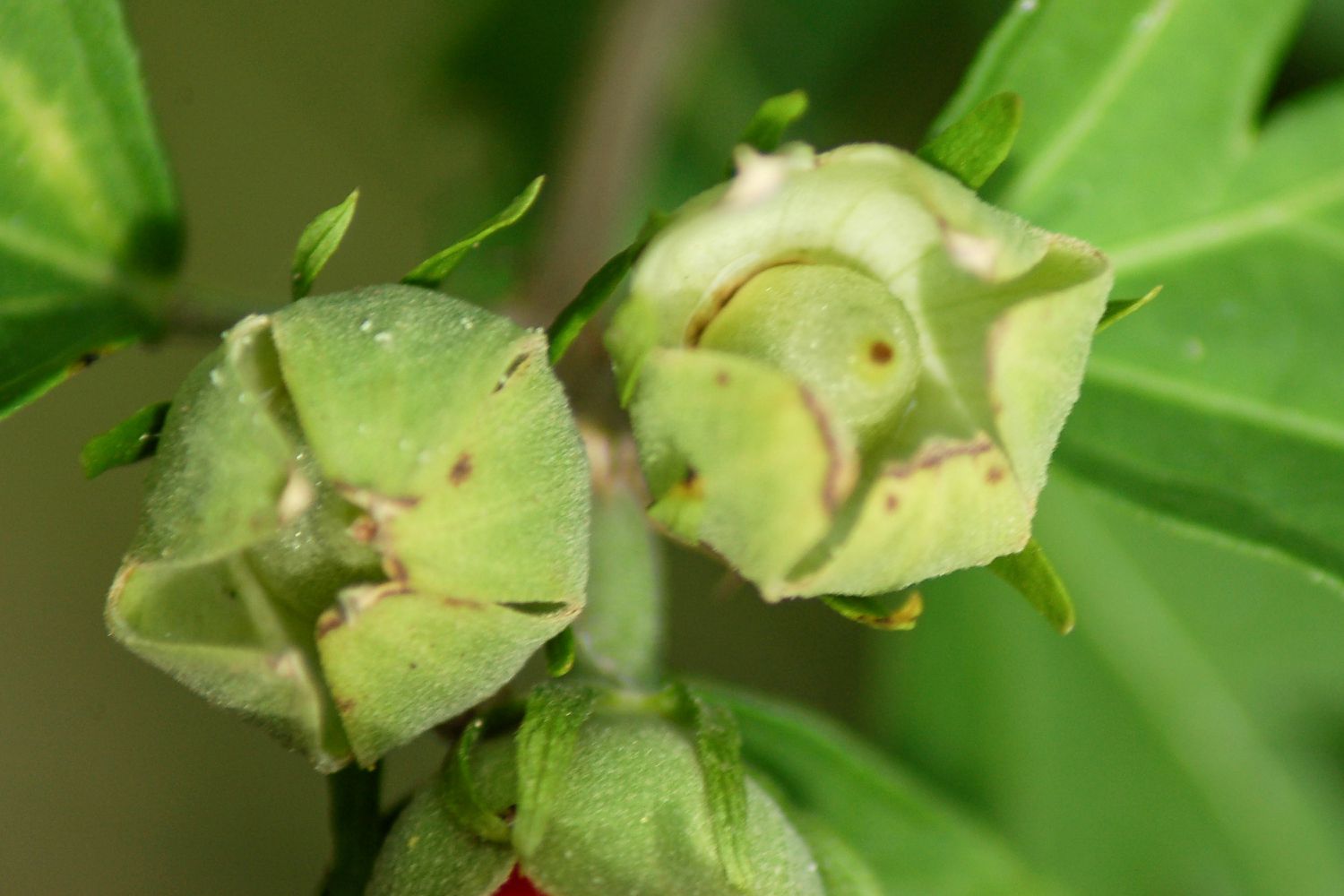
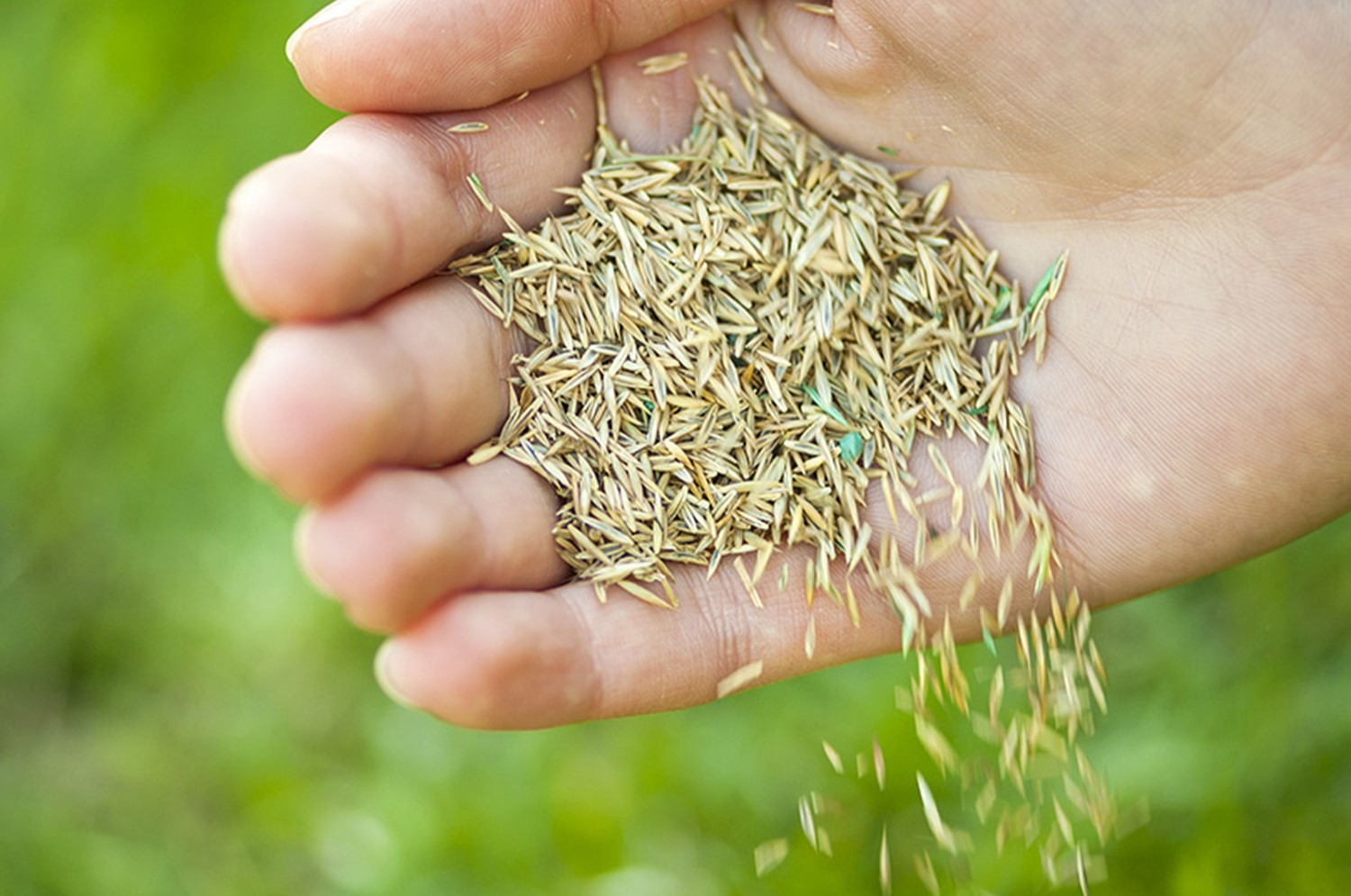
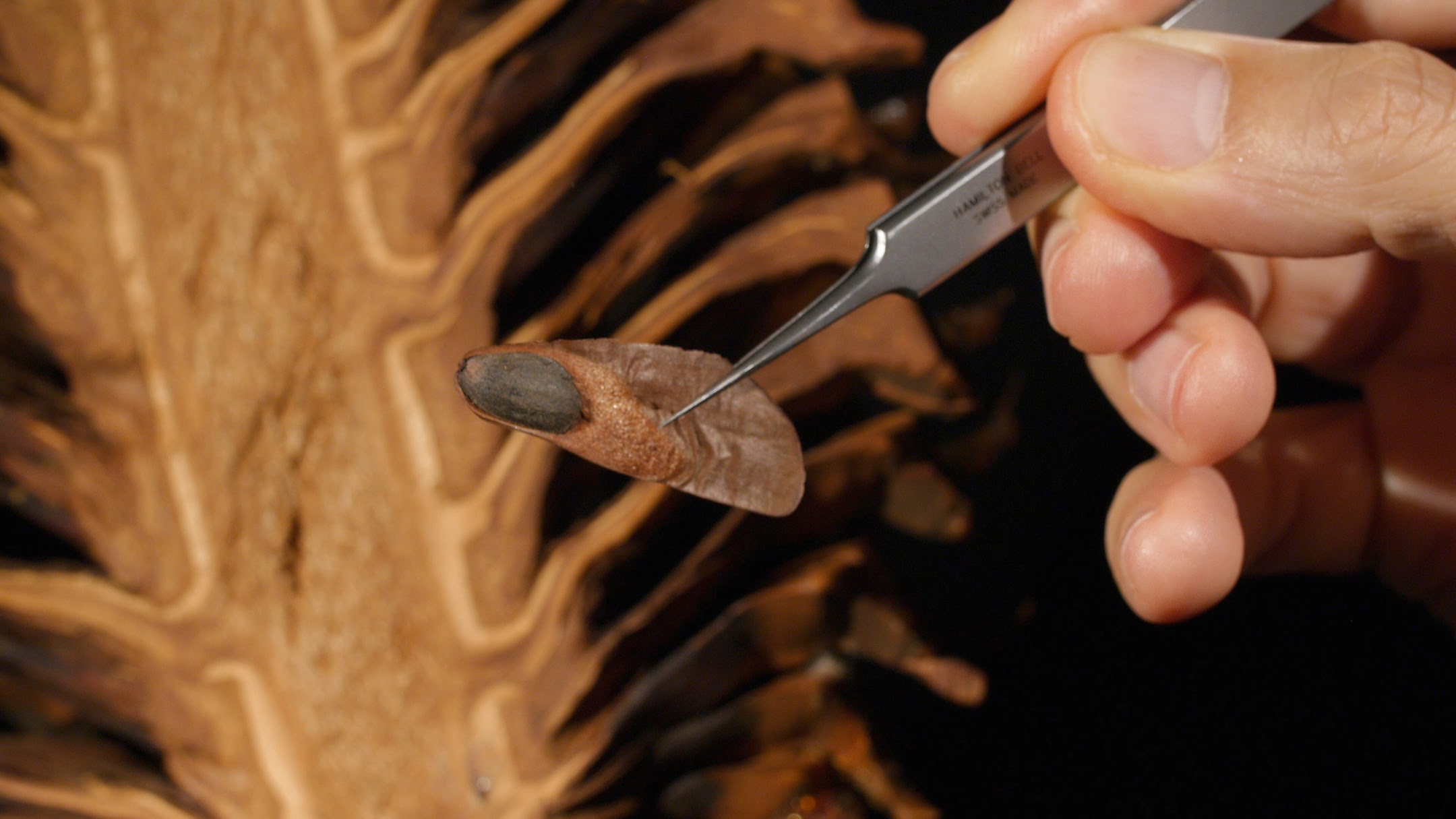
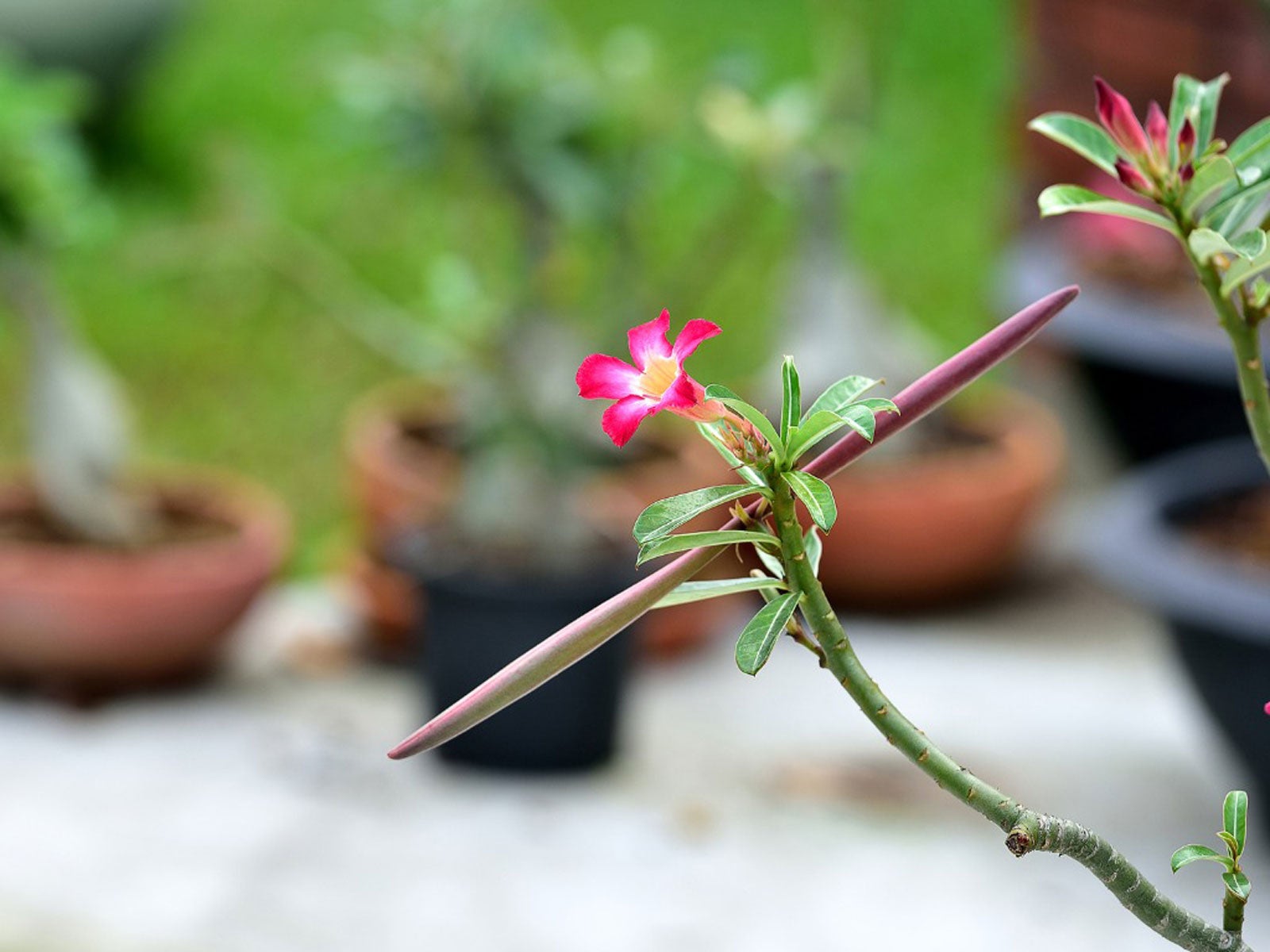
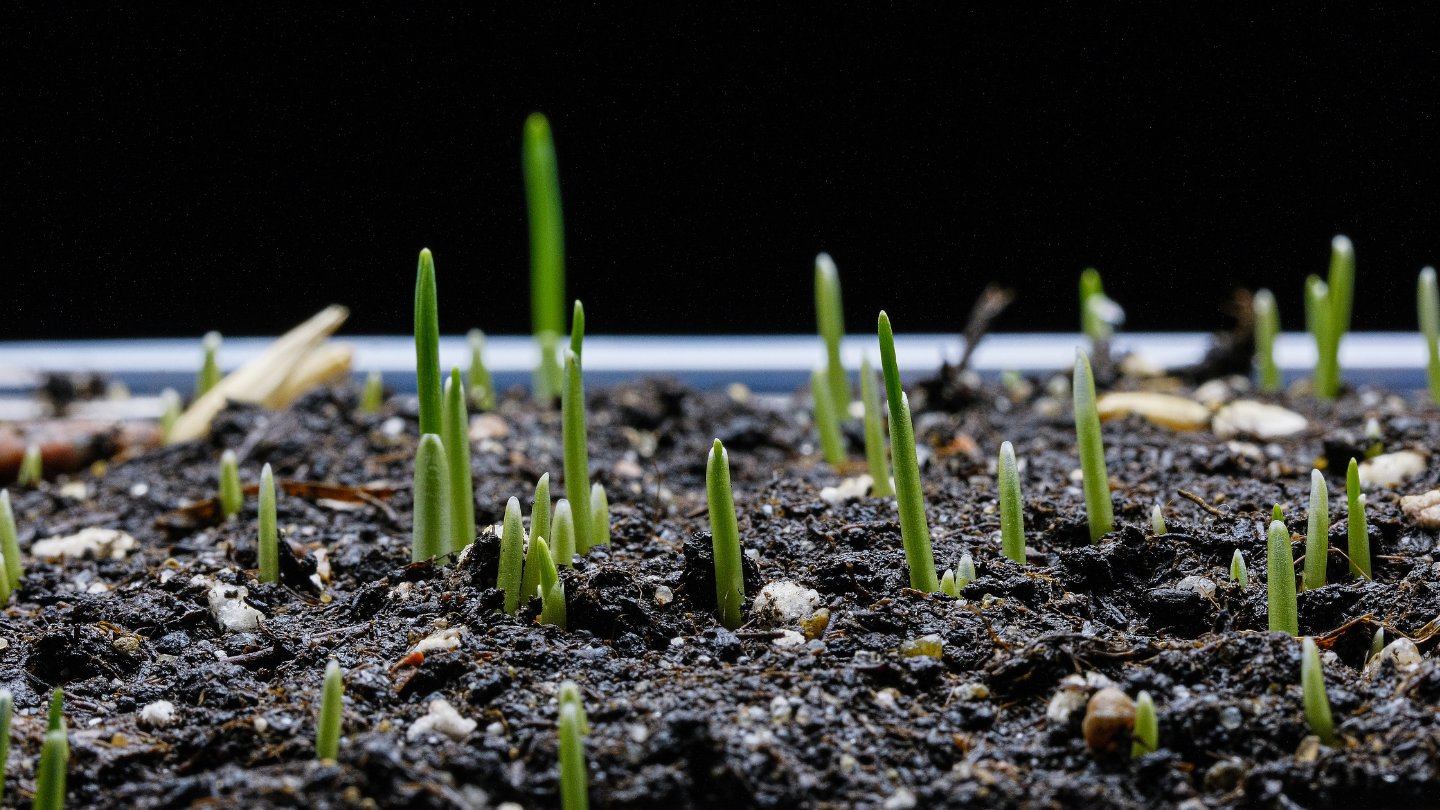
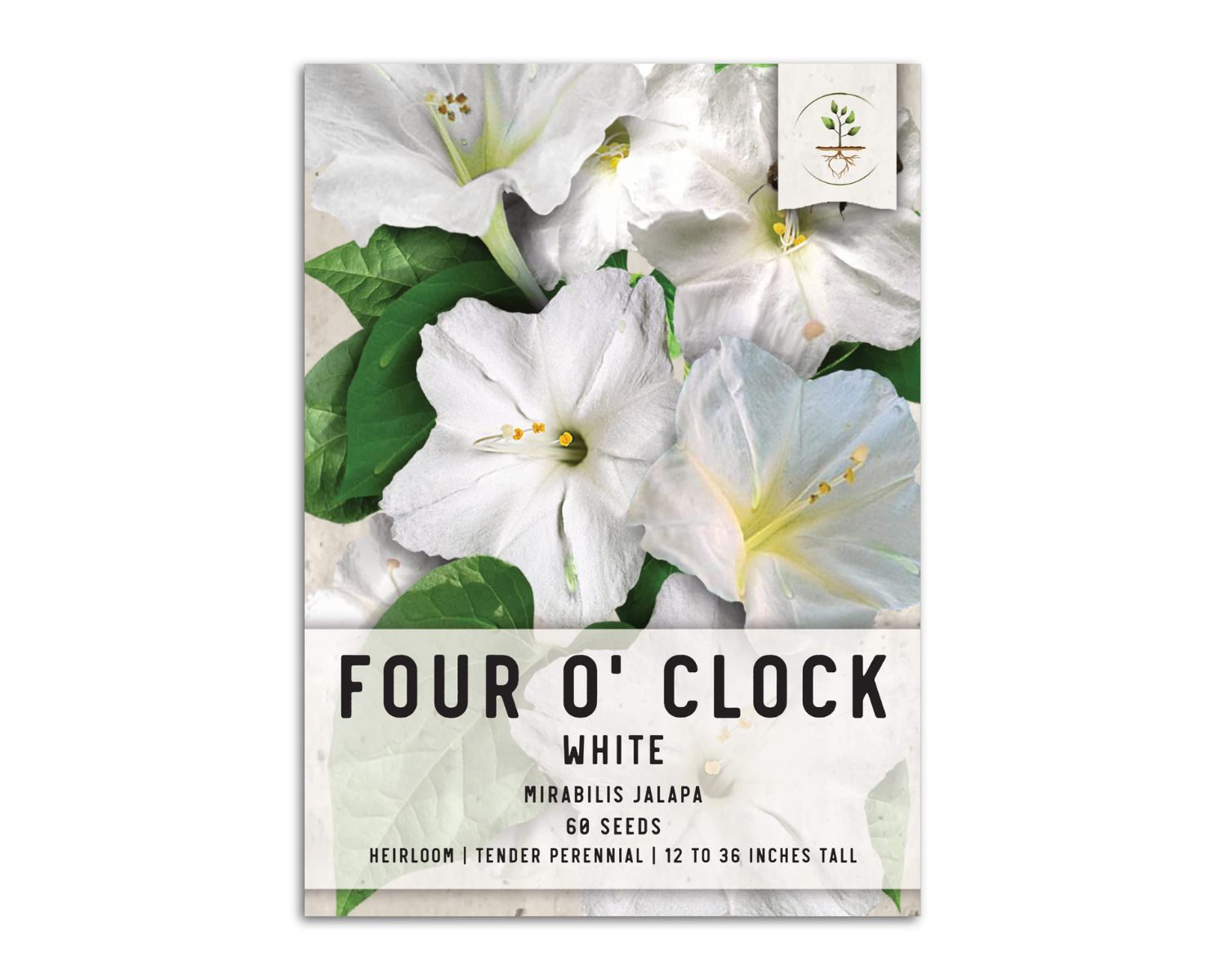

0 thoughts on “What Does Corn Seed Look Like”